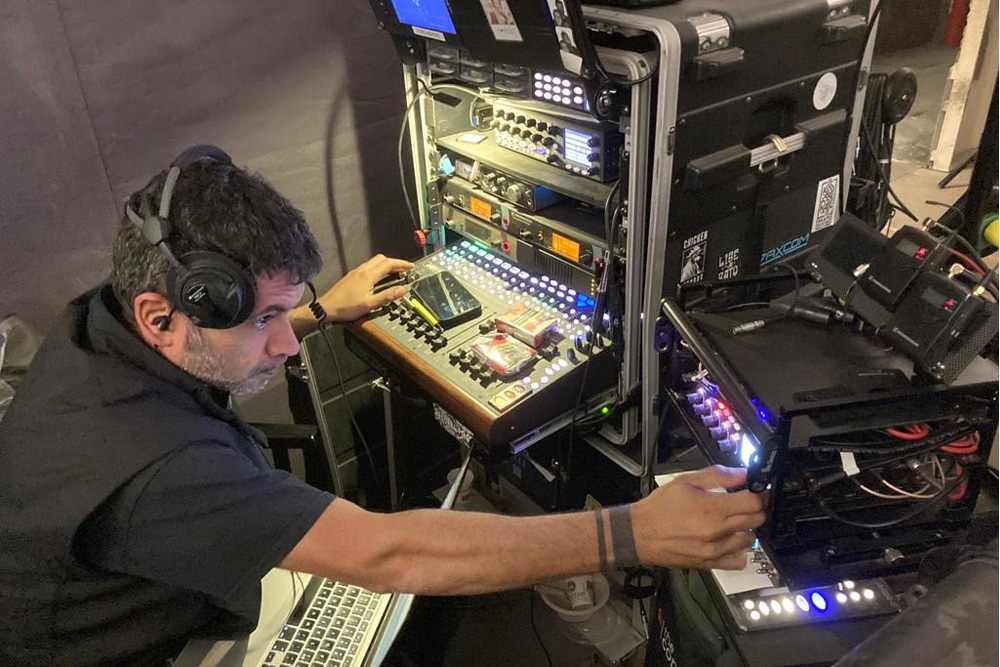
A career as a production sound mixer wasn’t always in the cards for Vincenzo Urselli. The Italy-based sound recordist first had an interest in agriculture which he studied at university, but in the years that followed, he connected with his real passion, cinema. “Besides film, I had an interest in music and technology too and friends of mine were going to the most important film school in Rome, Centro Sperimentale di Cinematografia, and they said to me, why don’t you try to get in. I took the incoming test and was able to enter the school as a sound technician,” he says. “I attended the school for three years, and from that moment until now, I’ve been a production sound mixer.”
For nearly twenty years Urselli has honed his craft working on films, documentaries, commercials, and television, most notably earning an Emmy nomination that he shares with Angelo Bonanni, Christian Minkler, and Ryan Collins for the second season of The White Lotus which saw the wildly popular dark comedy film on the shores of Sicily. He credits the small projects early on in his career are what led to larger productions calling him. “Half the job is technology, which is important, but it’s only half the job. The other half is relationships with people on set,” he says while in prep for a new Netflix series set to shoot in February. Those relationships had Urselli mixing three massive projects in 2024: the Italian teen romance film Tearsmith, Netflix’s Supersex, an emotional riveting biography loosely based on the famous Italian porn actor Rocco Siffredi, and Peacock’s historical epic Those About Die from creator Robert Rodat and director Roland Emmerich (Independence Day), which stars Anthony Hopkins and Iwan Rheon (Game of Thrones) and follows the brutally savage period of gladiator combat during the Roman Empire.
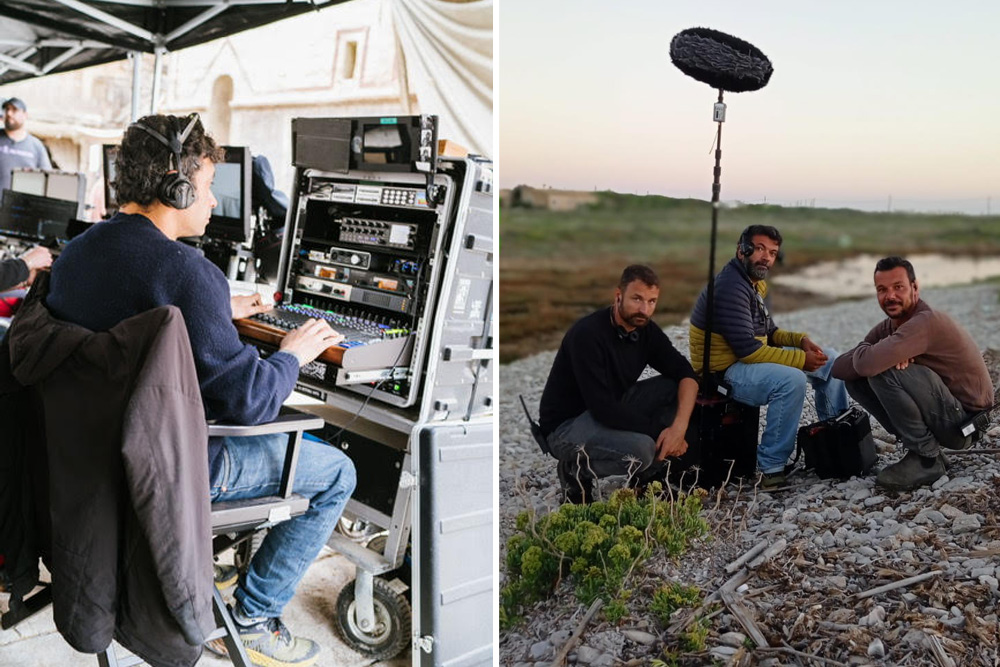
For the technology side of Urselli’s work he has looked to Zaxcom for the better part of his career. “When I first started I was mixing with the Aaton Cantar X-2 which is a famous brand out here. But I remember my teacher at school saying to look at Zaxcom because of what they were doing on a technical level. So in 2015, a colleague of mine, Angelo Bonanni, who, to me, is one of the best production sound mixers in Italy and another person who I went to school with, Emanuele Cicconi, partnered to form the company Mono SRLS. Angelo and I mix with Zaxcom gear. Devas, Nomads, Novas, and Zaxcom wireless. What really interested me about Zaxcom was ZaxNet and how it could solve most of my problems on set.” The production mixers have been furbishing their kits over the years through the company Tedes in Milan. “They were able to send us anything Zaxcom we wanted and I was able to build a nice cart and find my way of mixing. Now, I also teach in a film school,” Urselli says.
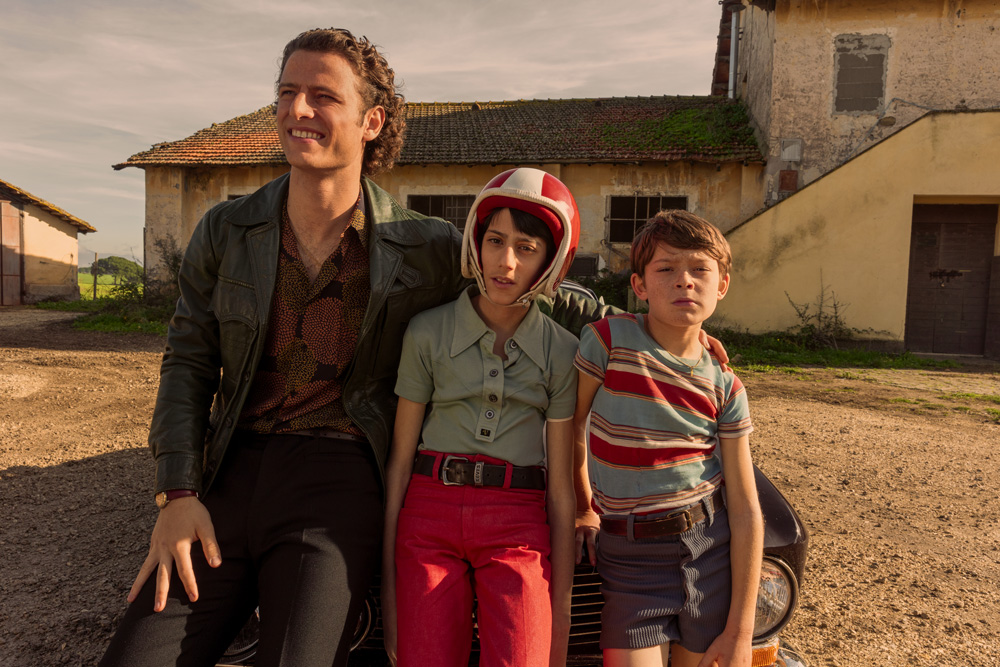
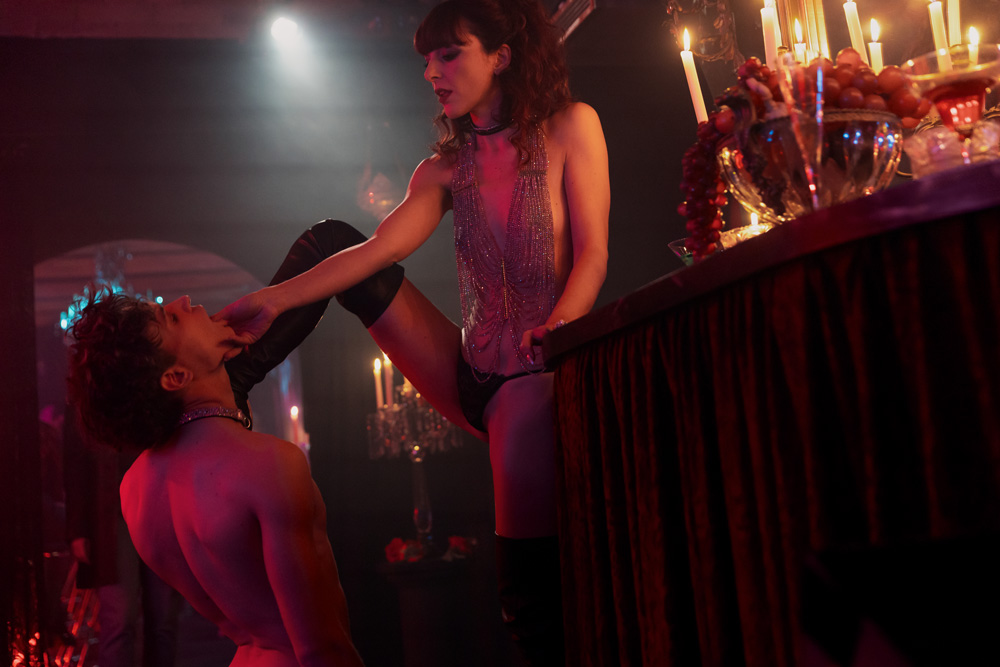
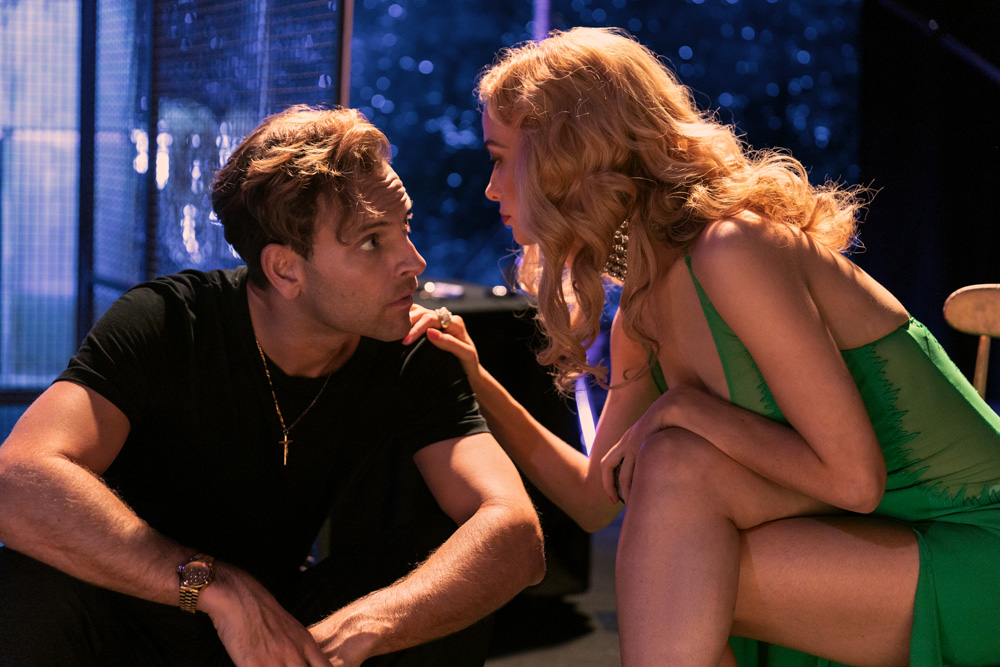
Producer-director Matteo Rovere (Romulus), who heads the production company Groenlandia, was the sound mixer’s connection on Supersex, a seven part miniseries that combines biographical and fictionalized elements of Rocco Siffredi (Alessandro Borghi) personal and professional life and how it impacts his family and relationships. Part of the narrative depicts Rocco’s childhood which required Urselli to approach wiring the younger actors in scenes slightly different. “We used Zaxcom ZMT4 transmitters paired with DPA 6060 lavs but we placed the transmitter on the leg of the child,” he notes.
The sound team consisted of boom operator Alberto Padoan and sound utility Curzio Aloisi who would additionally run a Schoeps SuperCMIT on a boom with Zaxcom wireless. Completing the kit was the Zaxcom Nova, Aria-8 mixing panel, multiple MRX414 slot receivers, and RX-4 module interfaces which turn any MRX414 or MRX214 into a standalone receiver.
To record dialogue, Urselli mixed a single mono track to the Nova and the ISO tracks were attenuated to 6dB. “Since with Zaxcom you’re in a completely digital workflow, we can attenuate the ISO tracks and in post-production that attenuation can be returned to 0dB if they choose to. I usually work this way to prevent any saturation in the track.” The digital recordings also provide him with flexibility in his mix. “Another reason why I like the digital workflow of Zaxcom is because on the mix tracks I sometimes place a compressor with a parameter of 3 or 4 gain up to have a little more clearness in the voice.” Sound also had to navigate a number of nude scenes, which at times, had more than a dozen actors in them. “Zaxcom helped us very much on this series because we had a lot of nudity and couldn’t place wireless on the talent all the time. We worked a lot with planted mics,” he says. “With Zaxcom we had complete control over the dynamics of the microphones planted in scenes. We also worked with the actors to find the right voice emission to have a good dynamic.”
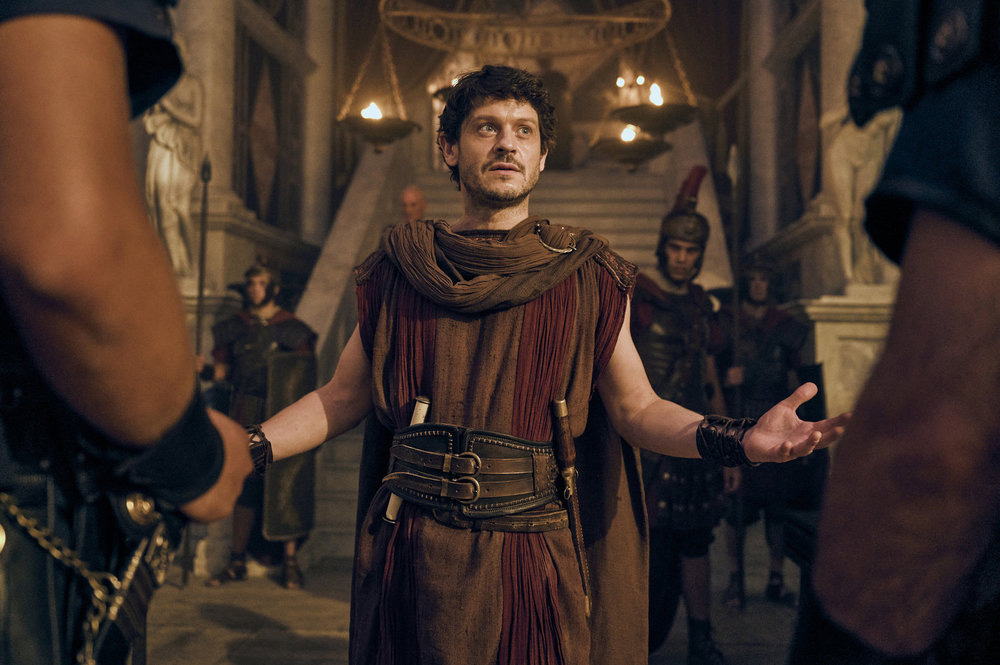
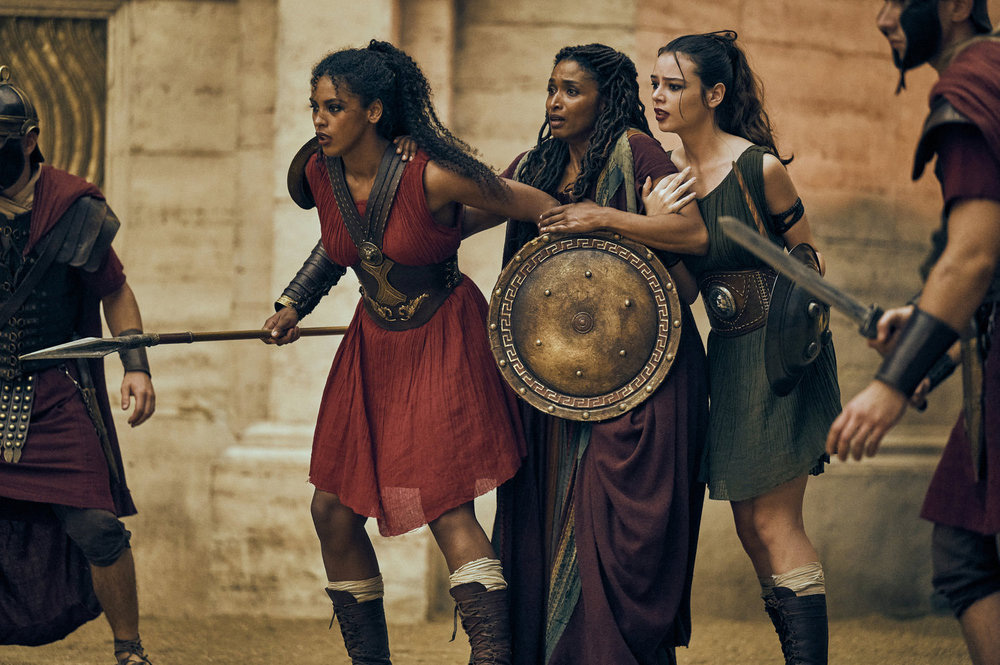
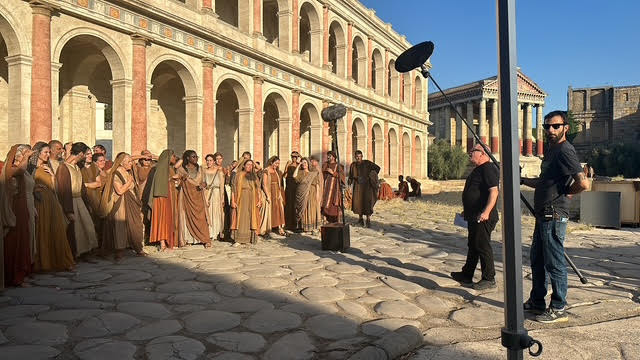
On Those About to Die the mandate was to deliver a track so director Roland Emmerich could edit with the live production sound mix. “Roland said to me, how you do it is up to you but I don’t want to know anything,” says Urselli. “So our approach was to become almost invisible ninjas.” Filling out the sound team was boom operator Davide D’Onofrio and sound utility Curzio Aloisi. Second unit was recorded by mixer Alessandro Bianchi, boom operator Luca Novelli, and sound utility Francesco Murano. The ten episode series was filmed at Cinecittà Studios in Rome with a stint at the Nettuno military shooting range. In creating the grandeur of the period, massive set builds were combined with shooting on a virtual production setting where over 1,800 shots were photographed without being augmented later on with visual effects.
“Everything on the virtual production set was fake. The wind, the fire… and all the machines controlling those elements made noise. So we worked with the costume department, special effects, the camera department… to control everything during the moments of dialogue. Everyone pitched in and did a great job for us to control the noisy machines,” notes Urselli.
To record the sound, Urselli combined the Deva24 and Mix-16 control surface with a RX12R rack-mountable receiver along with MRX214 and MRX414 receivers, ZMT4 transmitters, TRXLA3 transmitters, and a TRXCL3 camera link with a URX100. A full Ambient timecode system was used along with 4 IFB channels on a Sennheiser system.
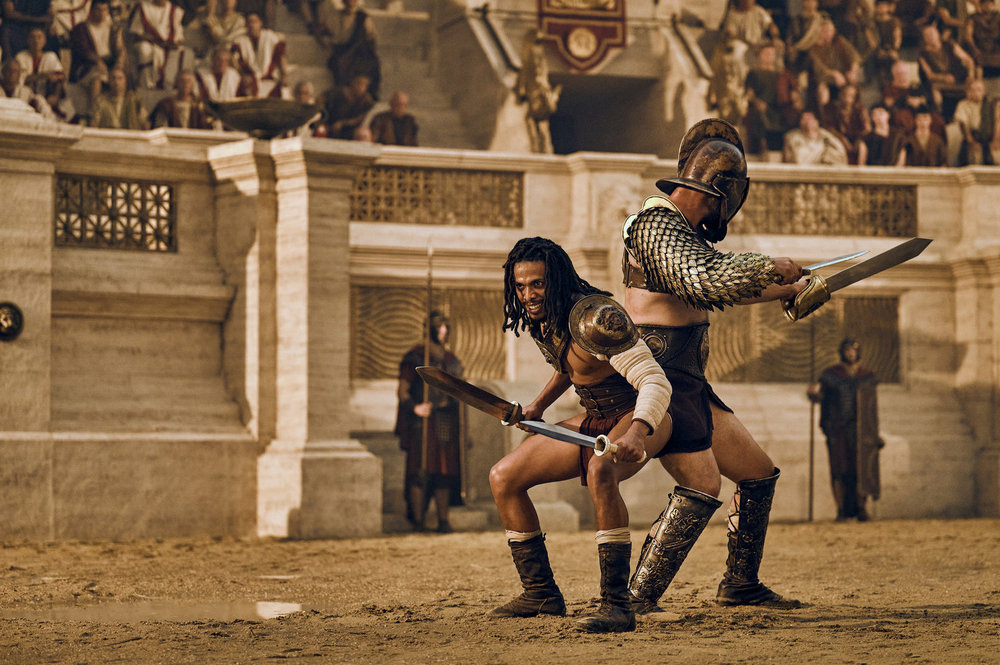
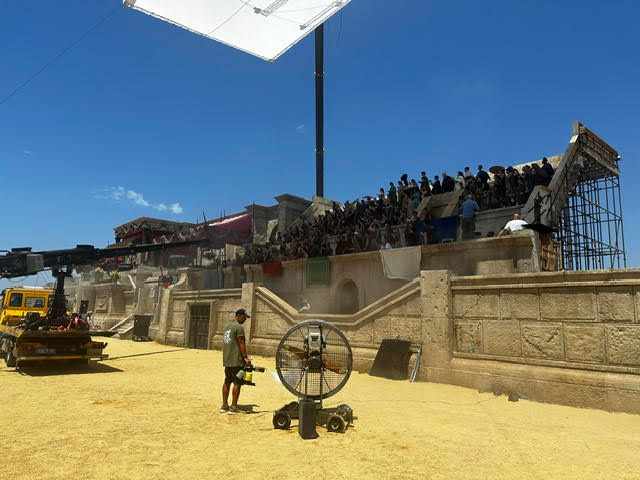
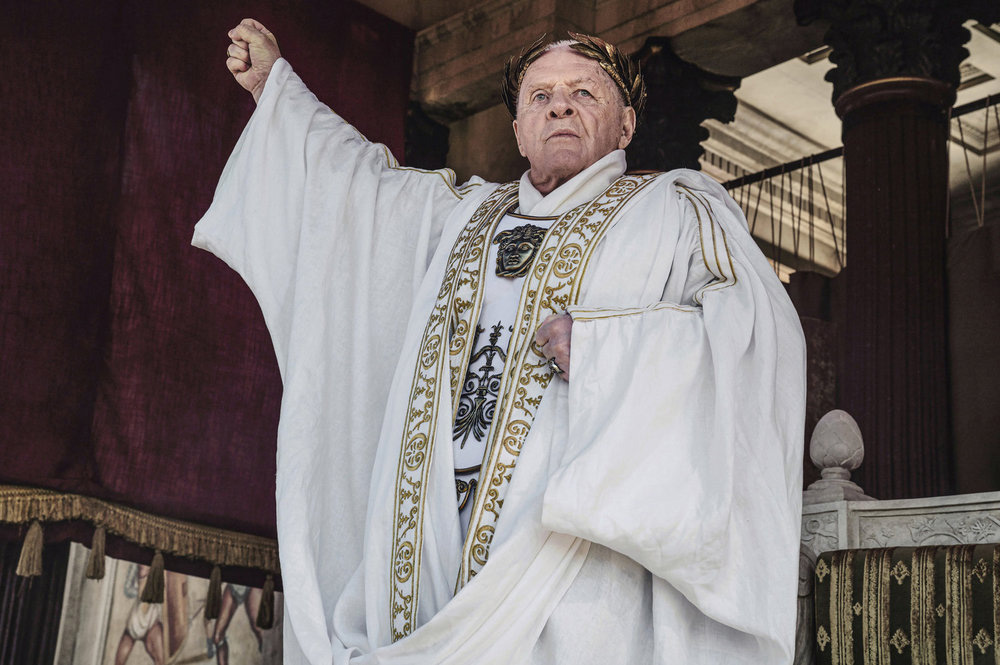
In approaching the dialogue a Zaxcom transmitter was placed on each actor in a scene. Then depending on how quiet or loud the scene was the sound team would switch out the type of DPA lav. Like on Supersex, a Schoeps SuperCMIT was used for the wireless boom. “My approach for the series was to work with the actors to understand what kind of voice emission they have,” he says. “It was very important to record all the dialogue correctly because there are different languages being spoken. We had great actors on the show and they were very much supportive of our job.”
For scenes that take place at the Cirucs Maximus where gladiators would compete for the entertainment of the crowd, Urselli employed a technique using fiber-optic which he learned from another production mixer. “The idea came from the technology Stuart Wilson used on 1917. We had to be very far away from the set, like 70 meters away for many reasons, and the fiber-optic technology worked very well. We had a TX and an RX. The RX was near my cart, plugged in the RX12R with two low loss BNC cables and powered standalone with a MEON LiFe power system. In the middle we had a 100 meters fiber- cable on a roller to move fast. On set we had the TX, powered with another MEON LiFe, with the Zaxcom Bluefin antennas plugged in on an easy-stand. It was one of the most difficult jobs I’ve done because it was very demanding. But at the end Roland told a producer that he was very happy with the sound of the show which was wonderful to hear.”